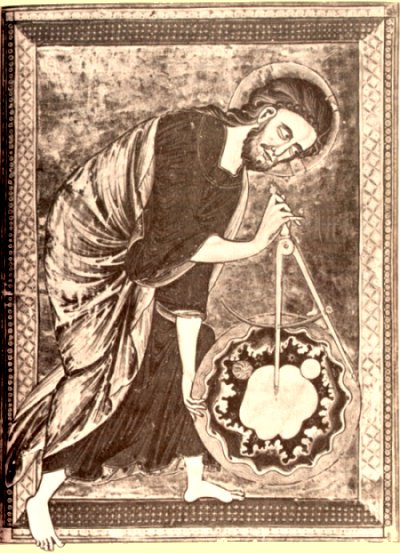Today, an unexpected cause for invention. The University of Houston's College of Engineering presents this series about the machines that make our civilization run, and the people whose ingenuity created them.
In 1971, historian Lynn White looked at cultural climate and technological change. We know so much about what happened in medieval Europe a thousand years ago, he said, but we stumble over why it happened.
The period from the eleventh to the early fifteenth century was marked with the most astonishing technological growth. Europe went from a wilderness to the most technically advanced region on Earth.
But why? White begins by saying it was certainly not necessity. All cultures share necessity. We all need to get physical work done. We all need food and comfort. If necessity was present in Northern Europe it was just as present everywhere else.
So White looks at patterns of borrowing. Europe invented plenty of new technology, but adaptations of foreign technology reveal how two cultures reacted to the same idea. Most of you have heard about how the Silk Road brought Oriental technology to the West. How we took up gunpowder, papermaking, the trebuchet for throwing stones at enemy castles, and so forth.
To this familiar list he adds other inventions. He gives evidence that the idea of bowed stringed instruments came from Java at the end of the tenth century. Yet music in Southeast Asia remained largely percussive while the use of bowed instruments took off in the West. We not only developed the forebears of the violin, we also shaped our musical tradition to their sounds.
It is clear that Europe saw technology as means to be exploited in ways that other cultures did not. White finds an important clue when he looks at perpetual motion. We know that perpetual motion is impossible because energy is conserved in its various forms; we can't get it out of thin air. However, it would've been hard to know that a thousand years ago.
The first perpetual motion machine was proposed in India, not so much as practical means for doing work as an embodiment of the idea of karma. It turned up a century later in Baghdad as a curiosity. But when it reached Europe, people became fascinated with the infinite energy-generating potential of the cosmos. Of course, no perpetual motion machine was ever built, but the invention of the mechanical clock escapement was its direct spin-off.
And so White turns to philosophical and religious forces at play in Medieval Europe. The Church, which defined Medieval culture, proclaimed a very new idea: It was that the scholar, far from being exempt from manual labor, had to do the labor of the monastery. Christ, after all, had labored as a carpenter.
That idea shaped a vast system of monasteries where scholars both toiled and contemplated. Those monks turned into a breed of gadgeteers -- constantly using their minds to lighten their labor. And so, by engaging labor, the Medieval Church did more than any other culture before it to reduce labor. That is an interesting paradox -- and it is one, I think, that we should remember.
I'm John Lienhard, at the University of Houston, where we're interested in the way inventive minds work.
(Theme music)
L. White, Jr., Cultural Climates and Technological Advance in the Middle Ages. Medieval Religion and Technology. Los Angeles: University of California Press, 1978. Chapter 14 (reprint of a 1971 article.)
See also J. Gimpel, The Medieval Machine: The Industrial Revolution of the Middle Ages. New York: Penguin Books, 1976.

God depicted as the Master Craftsman in a medieval drawing cited by Gimpel